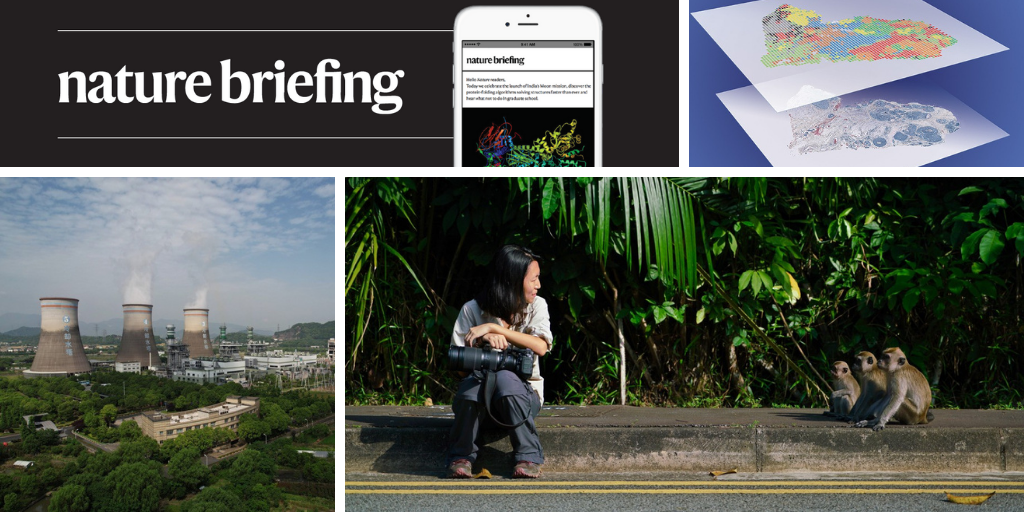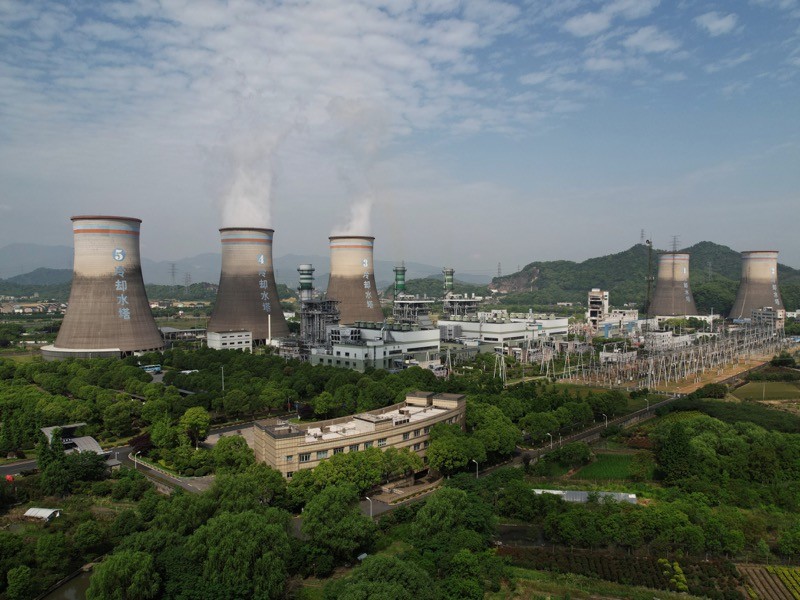Hello Nature readers, would you like to get this Briefing in your inbox free every day? Sign up here.
China, the world’s largest emitter of greenhouse gases, has launched its first national emissions-trading scheme. Such carbon-pricing mechanisms already exist in around 45 countries, but China’s is the world’s biggest. It has been plagued by delays, and researchers argue that it might not be ambitious enough to enable the country to meet goals including a 2030 deadline for peak emissions and a 2060 target for net-zero emissions. But they are hopeful that the market will have a far-reaching impact over time.
The California Institute of Technology (Caltech) has paid a settlement after a faculty member and students drilled dozens of holes in rocks covered in protected carvings. Geoscientist Joseph Kirschvink took core samples from the Fish Slough Petroglyphs site in California for palaeomagnetic studies, without a permit. “Those formations and the prayers etched into them so many thousands of years ago belong to the public,” says Kathy Jefferson Bancroft, tribal historic preservation officer for the Lone Pine Paiute-Shoshone Reservation. “They are not sources of raw material for unpermitted academic studies.”
The Los Angeles Times | 7 min read
Features & opinion
A rapidly growing collection of software tools is helping researchers to analyse multiple huge ‘-omics’ data sets. The tools integrate complex biological insights from multiple genomics methods — a computationally challenging task that helps to make sense of the data.
Gene-editing researcher Satheesh Kumar, who has been unable to travel to Australia to start his PhD, has found ways to be productive without ever visiting his supervisor or lab. At home with his parents in Singapore, he has found some silver linings to his predicament: saving money, putting time into planning and completing coursework requirements.
Today, aviator Wally Funk travelled to space in a Blue Origin capsule, alongside billionaire Jeff Bezos, his brother Mark and an 18-year-old whose parents bought him a ticket. At 82 years old, Funk is the oldest space traveller ever. She is one of the ‘Mercury 13’ — 13 women who excelled at the tests designed for the male astronauts of NASA’s first human space-flight programme in the 1960s, but never went to space themselves. Funk’s third-act triumph is both inspiring and thought-provoking — especially for women with a passion for space exploration. “Seeing her finally get to go into space decades after proving that she was not only capable, but perhaps more capable than the men she was essentially up against during the Mercury program is so incredible,” says planetary scientist Tanya Harrison. “On the other hand,” says astronomer Lucianne Walkowicz, “her individually being granted this opportunity does nothing to address any of the reasons she was previously excluded from going to space.”
The New York Times | 8 min read (intermittent paywall)
Watch more: Funk and two lunar scientists rewatch the highlights of the Apollo 11 Moon landing, 50 years on (Nature | 6 min video)
Where I work
Primatologist Andie Ang’s love of monkeys was sparked by a childhood pet. Now she helps primates and humans keep a healthy distance. “One species I study is the critically endangered Raffles’ banded langur (Presbytis femoralis). Globally, there are just 320 individuals,” says Ang. “In an area prone to roadkill, we installed a rope bridge to let langurs and other animals cross the road safely.” (Nature | 3 min read)
Last week, we wished on a star for the successful remote repair of the Hubble Space Telescope, which had been offline since 13 June. I’m thrilled to see the venerable telescope is not only fixed — it’s already returning fresh images of a stunning three-armed spiral galaxy. Hats off, Hubs!
This newsletter is always evolving — tell us what you think! Please send your feedback to [email protected].
Flora Graham, senior editor, Nature Briefing
With contributions by John Pickrell






More News
Publisher Correction: A molecular map of the immune response region from the major histocompatibility complex of the mouse – Nature
Two receptors are better than one for AI-designed obesity drugs
A tiny killer is making an entire region’s sea urchins disintegrate